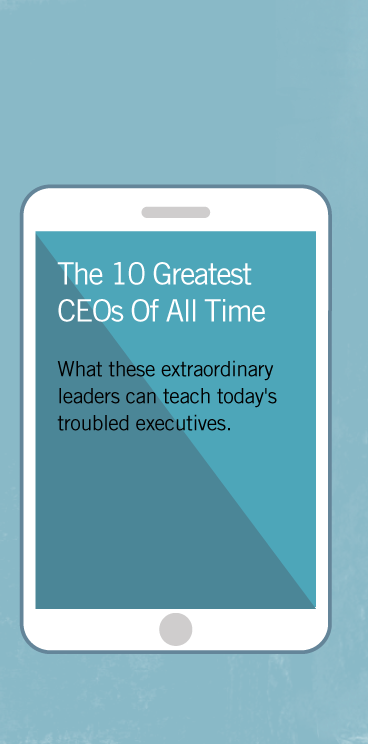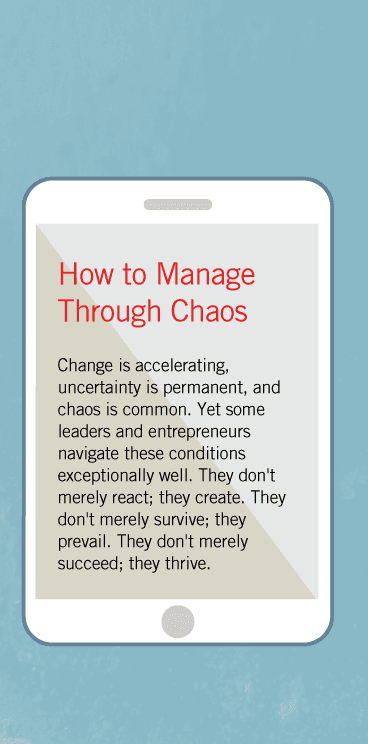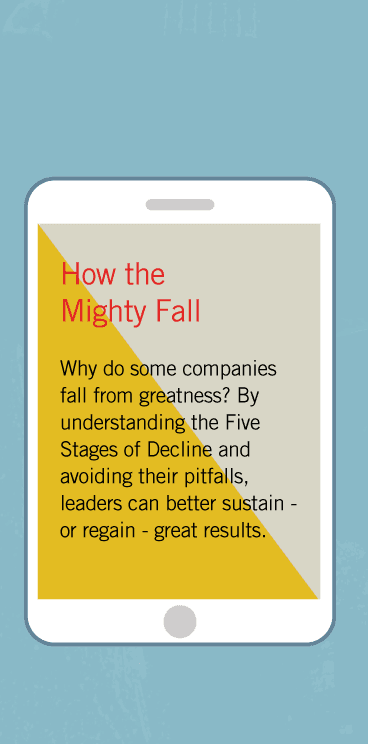Collaboration - Morten Hansen
A number of years ago, I asked Morten Hansen why he chose the topic of collaboration as a research focus. “Because if people knew how to collaborate well, the world would simply work better,” he replied. This book represents the culmination of fifteen years of some of the best research on the topic of effective collaboration. And it comes with a vitally important, counterintuitive message: good collaboration amplifies strength, but poor collaboration is worse than no collaboration at all. In reading these pages you will come to understand the power of effective collaboration and the great dangers of incompetent collaboration. You will also learn sound principles for how to collaborate.
I first met Morten in 1991 when he set aside his lucrative consulting job at the Boston Consulting Group to accept a Fulbright fellowship and join our research team at the Stanford Graduate School of Business. I quickly came to see that Morten has an unusual intensity about his work when he volunteered for the task of selecting a comparison company to Motorola in our study of what makes visionary companies. We needed to determine the closest “twin” to Motorola during its founding era (the company most similar to Motorola when it was a small enterprise.) Motorola made car radios in the 1930s, and we faced a problem: how on Earth to construct a list of small companies that made car radios all the way back to the 1930s?
Morten came up with an ingenious solution. He drove fifty miles to a remote library warehouse located in Richmond, California, a crime-infested city ranked in the top twenty-five “most dangerous cities” in America. He ambled up to the antiquated reference desk—no fancy electronic search, no internet—and filled out a card asking for phone books from the late 1920s and early 1930s. The librarian disappeared for nearly an hour, and finally returned with a stack of dusty phone books. Using the Yellow Pages from the 1920s, Morten constructed a list of car radio companies, from which we discovered Zenith as a near-perfect comparison control case to Motorola for the middle part of the 20th century.
I knew then that Morten would have the tenacity and creativity to do great research. After his stint as an invaluable team member with Jerry Porras and me, on what later became the book Built to Last, he completed a PhD at Stanford, and began his research on collaboration. He went on to join the Harvard Business School faculty, where he continued his research and taught in the MBA and executive education classroom. He now holds a prestigious professorship at the University of California Berkeley.
Morten has continually impressed me with three characteristics of his approach:
- Rigor. One of the most intellectually honest people I have ever known, Morten brings a meticulous analytic approach to his research. As we’ve worked together over the years, I’ve been impressed by his discipline and thoroughness. In one piece of research we jointly conducted, Morten constructed a ten layer selection process, starting with more than 20,000 data points and applying a systematic series of tests and screens to find a bullet-proof study set. Every time I thought we were about done, Morten would offer, “There is another step I think we should take to ensure the quality of our underlying research.” In Collaboration, you will see an edifice of ideas that Morten developed over years, supported by a solid foundation of quantitative data, rigorous method and painstaking analysis.
- Relevance. John Gardner, the former Secretary of Health Education and Welfare and founder of Common Cause, once commented that the academic enterprise has moved increasingly toward answering “questions of increasing irrelevance with increasing precision.” Morten has vigorously resisted that trap, choosing to answer questions of increasing significance with increasing rigor, making his work relevant to those who must lead and manage. Morten has translated his scientific inquiry into practical levers for application: how to unify people, how to cultivate collaborative leaders who deliver on their personal commitments, how to harness the power of networks. Very few practical books have a basis of punctilious research, and equally few academic books offer useful, practical guidance. Collaboration has both—it offers the why and the how, the science and the practice, of working together.
- Aspiration. Morten has a passion for questions of larger human significance, not just how businesses can make more money. Yes, the ideas in this book will help business leaders make more money. But the concepts herein extend beyond business, to the question: how can people work more effectively together in ways that make organizations more productive and society more civilized? The best management thinkers look for the AND: how to achieve purpose and profits, how to be responsible to shareholders and the environment, how to reduce costs and build people, how to deliver results for the long term and short term, how to be noble and practical. Morten exemplifies this quest for the AND here in this work: how to achieve a culture of individual accountability and shared responsibility.
Morten Hansen has done a great service in assembling his fifteen years of research into this insightful and practical book. It does not matter whether you lead a business, conduct an orchestra, guide a school, operate a hospital, command a brigade, run for public office, direct a government agency, coach a sports team—every complex enterprise requires collaboration. If poor collaboration is dangerous, then you have no choice but to collaborate well.
Jim Collins
Boulder, Colorado
November 21, 2008






